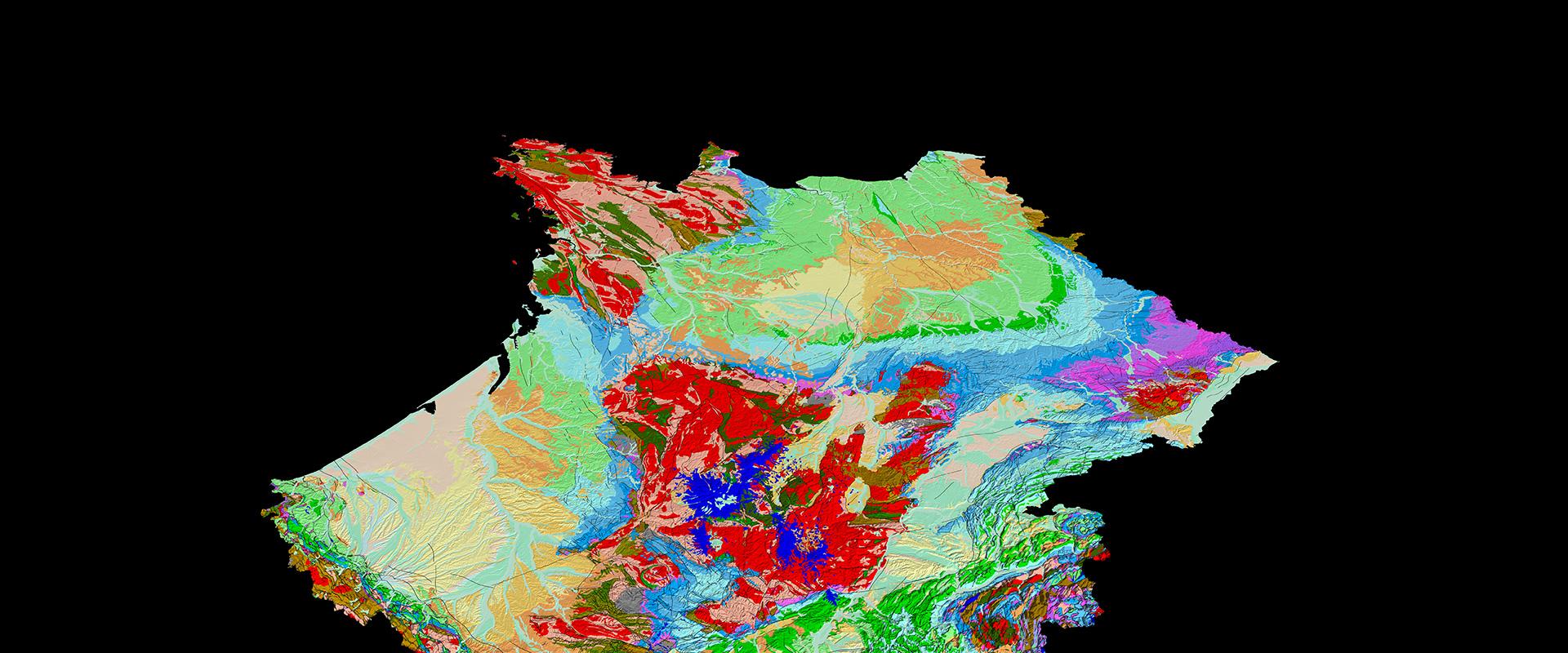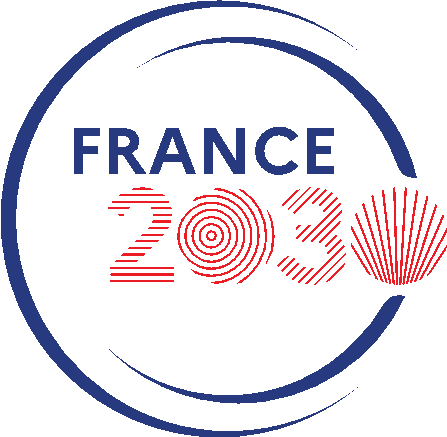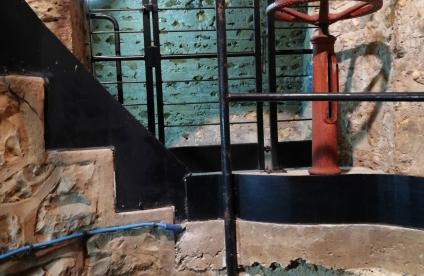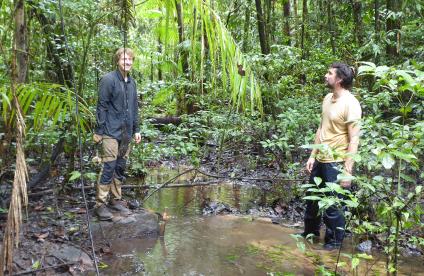The subsurface (between ~1m and ~5 km below the surface) is an area of interaction between solid Earth and human activities. It is a physical environment hosting many human infrastructures and that is essential to meeting the challenges of sustainable development.
Key issues associated with the subsoil
Current energy transition models point to a growing need to exploit new mineral resources, particularly for the energy and transport sectors. They also point to the need to develop new low-carbon energy sources, such as deep geothermal, to generate heat and power. One of the solutions to the ongoing climate change is to start storing CO2underground. Finally, there is an increasing need to make better use of urban space by incorporating the subsurface.
The subsurface, a common good: an exploratory PEPR as part of the French Investments for the Future plan (PIA4)
The purpose of the priority research programmes and equipment (PEPR) financed by the France 2030 plan through its fourth Investments for the Future programme (PIA4), is to build or consolidate French leadership in scientific fields considered as priorities at the national or European level and that involve a large-scale transformation. “Exploratory” PEPRs target emerging sectors through research projects whose areas of application may still be in the realm of working hypotheses. The purpose is to explore scientific fields that will hopefully have multiple spin-offs.
On 18 July 2022, the Ministry of Higher Education and Research (MESR) and the Secretary General for Investment (SGPI) announced the selection (by the French National Research Agency) of the exploratory PEPR on the subsurface. BRGM and CNRS have been selected to co-manage this programme dedicated to future uses of the subsurface.
Research questions
To better address the challenges of sustainable development, we need to better plan and manage access to the subsurface against a backdrop of growing demand. To this end, it will be necessary to:
- better model future national demand and scenarios for different subsurface resources and uses;
- improve knowledge of subsurface potential;
- develop new exploratory and exploitation technologies;
- better integrate environmental constraints;
- take better account of social and economic issues;
- improve governance and legal tools.
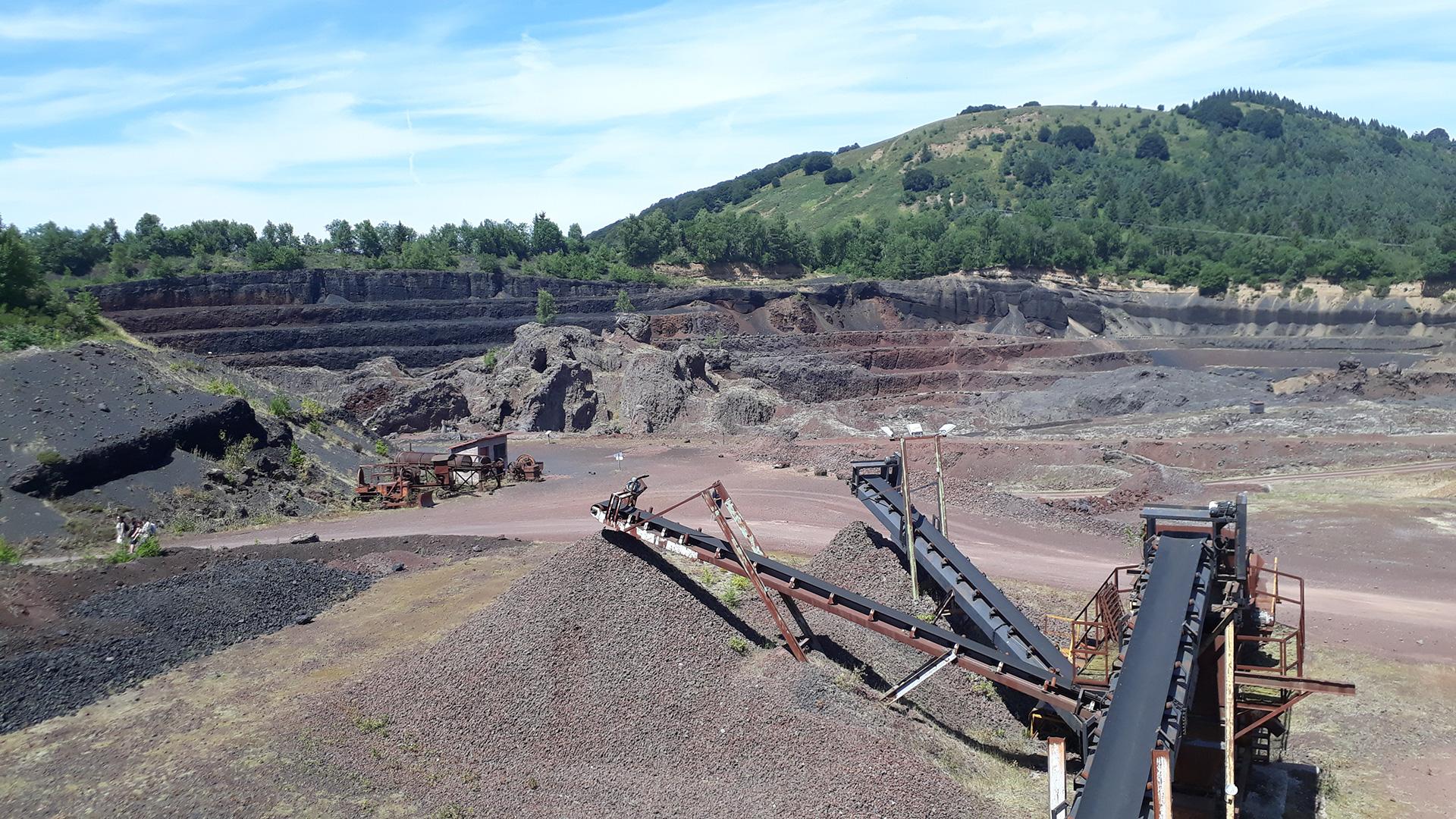
Key figures
-
Budget71.40M€over 7 years
-
3.00research goals
-
8.00platforms
-
5.00worksites
3 research goals and 8 platforms
To this end, the Subsurface PEPR is designed to create national momentum around research on the subsurface. It is structured around three research goals and eight platforms:
- The first goal is to quantify national demand for subsurface resources/uses for different scenarios relating to energy consumption and the energy mix, GDP, and urbanisation levels. It will include the following platforms:
- Building scenarios for use of the French subsurface
- Dynamic modelling of changing energy and economic resources
- Prospective technical and economic studies
- The second goal is to better characterise the geological potential needed to meet demand, as well as to help develop new technologies. It will include the following platforms:
- Digital Earth
- Innovative and sustainable technologies for using the subsurface
- The third goal focuses on the environmental, social and legal possibilities of implementing – or not – the exploitation and use of the subsurface. This will include the following platforms:
- Environmental assessment and life cycle studies
- Towards human sciences and the politicisation of the surface
- Regulations
5 categories of subsurface resources/uses
The PEPR targets five categories of subsurface resources/uses:
- mineral resources;
- deep geothermal;
- storage of CO2, hydrogen and methane;
- native hydrogen;
- urban infrastructure.
5 worksites
The PEPR is targeting five worksites associated with specific types of subsurface resources and uses:
- the Massif Central (mineral and geothermal potential);
- the Rhine Graben (deep geothermal potential);
- the Aquitaine Basin (subsurface storage, emerging georesources and energy uses);
- the centre of the Paris Basin (reflecting most of the socio-economic challenges in terms of urban subsurface management);
- French Guiana (combining an extraordinary but fragile ecosystem with a rich and little-known subsurface).
Partnerships
Building different scenarios around how best to exploit the subsurface in response to global challenges involves structuring the dialogue between different scientific disciplines, not only geosciences but also economic and social sciences. The aim is also to stimulate the dialogue among a wider community involving not only researchers but also the public, NGOs, think tanks, public authorities, industrial players, and so on. To this end, the PEPR "The subsurface, a common good" brings together the main players involved in the subsurface.
Governance
Alongside the two pilots, the governance of the PEPR includes an Advisory Steering Committee, an International Scientific Committee and a Stakeholder Committee.
Budget
The programme has a support budget of €71.4 million over seven years:
- 10% for the governance project to oversee and coordinate the programme. It also includes a significant Education and Communication component;
- 55% for targeted projects, including 8 platforms and 5 work sites;
- 35% for open calls for projects.

